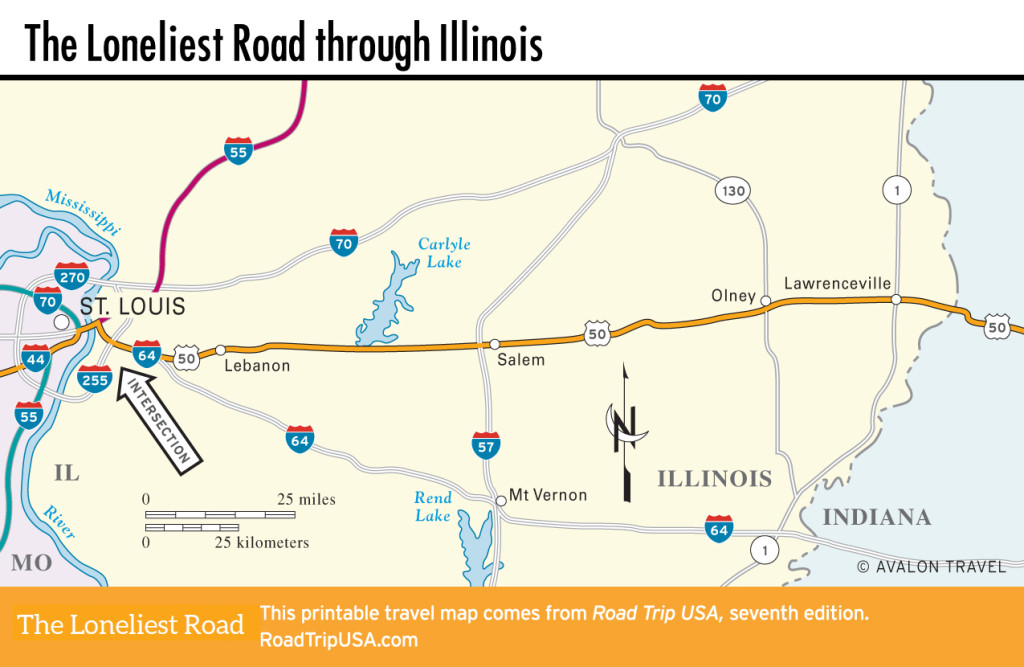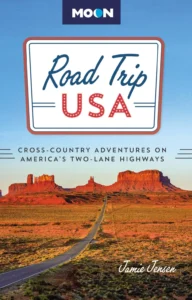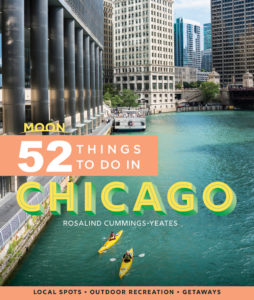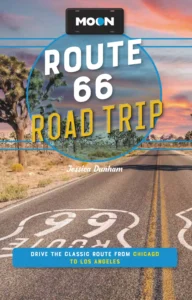Illinois
The Loneliest Road in Illinois
US-50 runs straight across over 150 mi (242 km) of southern Illinois’s pancake-flat farmlands—acres of corn and soybeans as far as the eye can see, with small towns dotting the roadside every 10 or so mi (16 km).
For much of the way, US-50 follows the Trace Road, a slightly raised causeway originally traced across the swampy marshlands by the same prehistoric people who built the enigmatic mounds at Cahokia, which still stand in the eastern suburbs of St. Louis. Midway across Illinois, US-50 passes through the quirkily historic town of Salem (birthplace of two American icons: William Jennings Bryan and Miracle Whip), then crosses over the Wabash River into Indiana.
Lebanon
US-50 follows I-64 east from St. Louis across the flat prairie, which has such fertile alluvial soil that it has earned the nickname Little Egypt. The highway parallels the Illinois Central Railroad through a dozen small towns, the most significant of which is Lebanon (pop. 4,272), about 20 mi (32 km) east of the Mississippi River. An attractive town with a number of stately, mansard-roofed, Victorian-era commercial buildings now housing antiques shops near downtown (US-50), Lebanon grew up around the bucolic campus of McKendree University, founded here in 1828, making it one of the oldest in Illinois.
The best reason to stop, however, is the small museum at the Mermaid House Inn (114 E. St. Louis St., 618/537-8420, tours by appointment, donation), on US-50. Charles Dickens, who visited the area to see the rich but muddy prairie east of town, stayed here for a night in 1842 and described it in American Notes as comparing “favorably with any village ale house of a homely kind in England.”
Salem
Halfway across Illinois, just east of the busy I-57 freeway, US-50 cuts through the center of Salem (pop. 7,097), a historically fascinating if visually less-than-thrilling city best known as the birthplace and boyhood home of William Jennings Bryan. The turn-of-the-20th-century politician and orator, who served as leader of the Democratic Party for 15 years, prosecuted the so-called “Monkey Trial” of 1925 and led the successful attack on Tennessee schoolteacher John Scopes (who, coincidentally, was also born and raised in Salem) for breaking a local ban on teaching evolution. Bryan was born in 1860 in a small frame house, four blocks south of Main Street (US-50). It has been preserved as a small museum (408 S. Broadway, 618/548-2222, by appointment, free). There’s a statue of Bryan, crafted by Mt. Rushmore sculptor Gutzon Borglum, on Broadway a half-mile north of Main Street, across from the Bryan Memorial Park.
Salem has also given America the G.I. Bill of Rights. Also known as the G.I. Bill, this law entitles military veterans to subsidized education and other services. It was first proposed by the local American Legion branch before being signed into law in 1944.
Salem is an interesting place to linger. If you want to stay overnight, try the inexpensive Continental Motel (1600 E. Main St., 618/548-3090, $38 and up), on US-50, next door to an enjoyable bowling alley.
Olney to Lawrenceville
The flat farmlands of southeast Illinois are dotted with occasional oil wells and signs painted on barn sides encouraging travelers to “Chew Mail Pouch Tobacco” or “See Rock City,” but towns are few and far between. The first of these is the attractive town of Olney (pop. 8,830). Besides boasting a large number of grand old mansions set behind broad green lawns along quiet leafy streets, Olney has the singular attraction of albino squirrels, which were set loose in town around the turn of the 20th century. By 1940, the WPA Guide to Illinois noted that “thousands of the little animals now scamper about the parks and courthouse square, and frisk over lawns, trees, and rooftops,” though these days there are fewer than 100 white squirrels. You’re most likely to see them if you head to the city park north of the courthouse square.
Perhaps the best reason to detour through Olney is to sample the incredibly good cheeseburgers, onion rings, and milkshakes at Hovey’s Diner (412 E. Main St., 618/395-4683).
East of Olney, US-50 reverts to two-lane highway, running for 22 mi (35 km) before passing by Lawrenceville (pop. 4,383), which was named for U.S. Navy Captain James Lawrence, best remembered for his dying words, “Don’t give up the ship,” during the War of 1812.
East of Lawrenceville, follow the old road south of the modern freeway, crossing the Wabash River into Indiana at historic Vincennes.

















